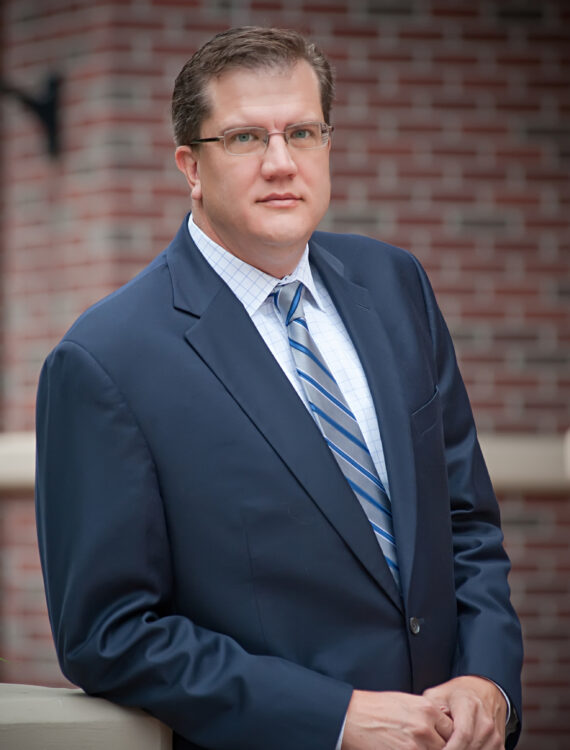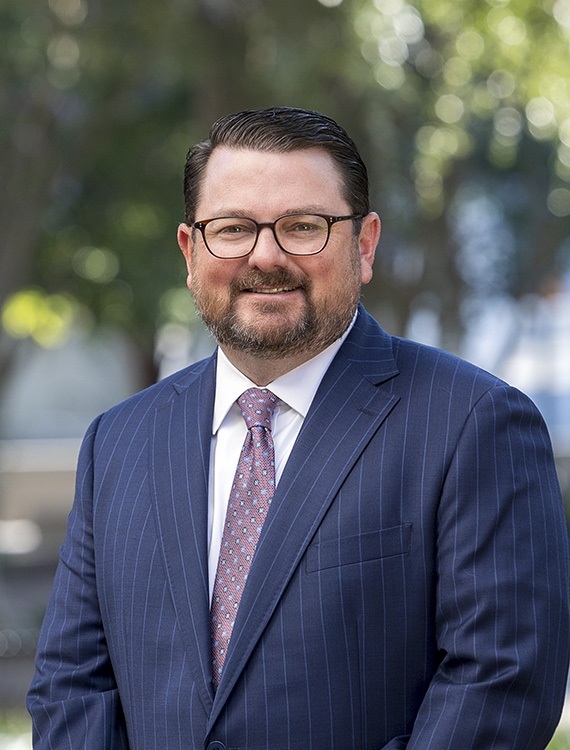Florida Supreme Court to Hear Oral Argument on Bad Faith Questions
By: Donna E. Blanton
The Florida Supreme Court has scheduled oral argument in a case that poses crucial questions concerning when a cause of action for bad faith against an insurer can be maintained. Oral argument will be held on October 9, 2009 in Perera v. United States Fidelity and Guaranty Company, Supreme Court Case No. SC08-1968.
The questions were certified to the state supreme court from the United States Court of Appeals for the Eleventh Circuit, which found Florida law on the issues presented in the case unclear. See Perera v. United States Fidelity and Guaranty Company, 544 F.3d 1271 (11th Cir. 2008). The questions are:
- Can a cause of action for bad faith against an insurer be maintained when there is not an excess judgment against the insured?
- Even if an excess judgment is not always required, can a cause of action for bad faith against an insurer be maintained when the insurer’s actions never resulted in increased exposure on the part of the insured to liability in excess of the policy limits of [the] insured’s policies?
The Eleventh Circuit opinion explained the underlying facts: The case arose from a workplace incident at Estes Express Lines Corporation (“Estes”) when an employee was crushed to death by a piece of equipment. The employee’s personal representative (“Perera”) filed a wrongful death suit against Estes and certain Estes employees. Estes maintained three liability insurance policies: a workers’ compensation/employer liability policy issued by USF&G with a limit of $1 million after Estes’ self-insured retention of $350,000; a commercial liability policy issued by Cigna Property and Casualty Insurance Company with a limit of $1 million and a $500,000 deductible; and an excess liability policy issued by the Chubb Group of Insurance Companies with a limit of $25 million.
Following mediation, Perera, Estes, Chubb and Cigna reached a settlement agreement of $10 million. The settlement agreement called for half of the $10 million to come from a bad faith lawsuit against USF&G. According to the Eleventh Circuit opinion, USF&G maintained that the intentional acts exclusion in the USF&G policy precluded coverage of Perera’s claim against Estes. The court said the other parties asked USF&G to leave the mediation when USF&G insisted on its coverage defense.
Following the settlement, Perera — as Estes’ assignee — sued USF&G for breach of contract and bad faith. The district court granted summary judgment to Perera on the coverage obligation, which required USF&G to pay its policy limit. A jury also later found that the actions of USF&G rose to the level of bad faith. However, the district court granted summary judgment to USF&G on the bad faith claim, holding that without an excess judgment against the insured, there can be no cause of action for bad faith. Given the amount of coverage Estes maintained, the $10 million judgment agreed to in settlement was far less than the amount necessary to constitute an excess judgment. Perera appealed the district court’s decision.
The Eleventh Circuit opinion stated that Florida law is unclear as to whether an excess judgment is a necessary part of claim for bad faith. The Eleventh Circuit also found it unclear whether, under Florida law, a bad faith claim against an insurer can be maintained when the insurer’s actions never resulted in increased exposure on the part of the insured to liability in excess of the policy limits of the insured’s policies.












